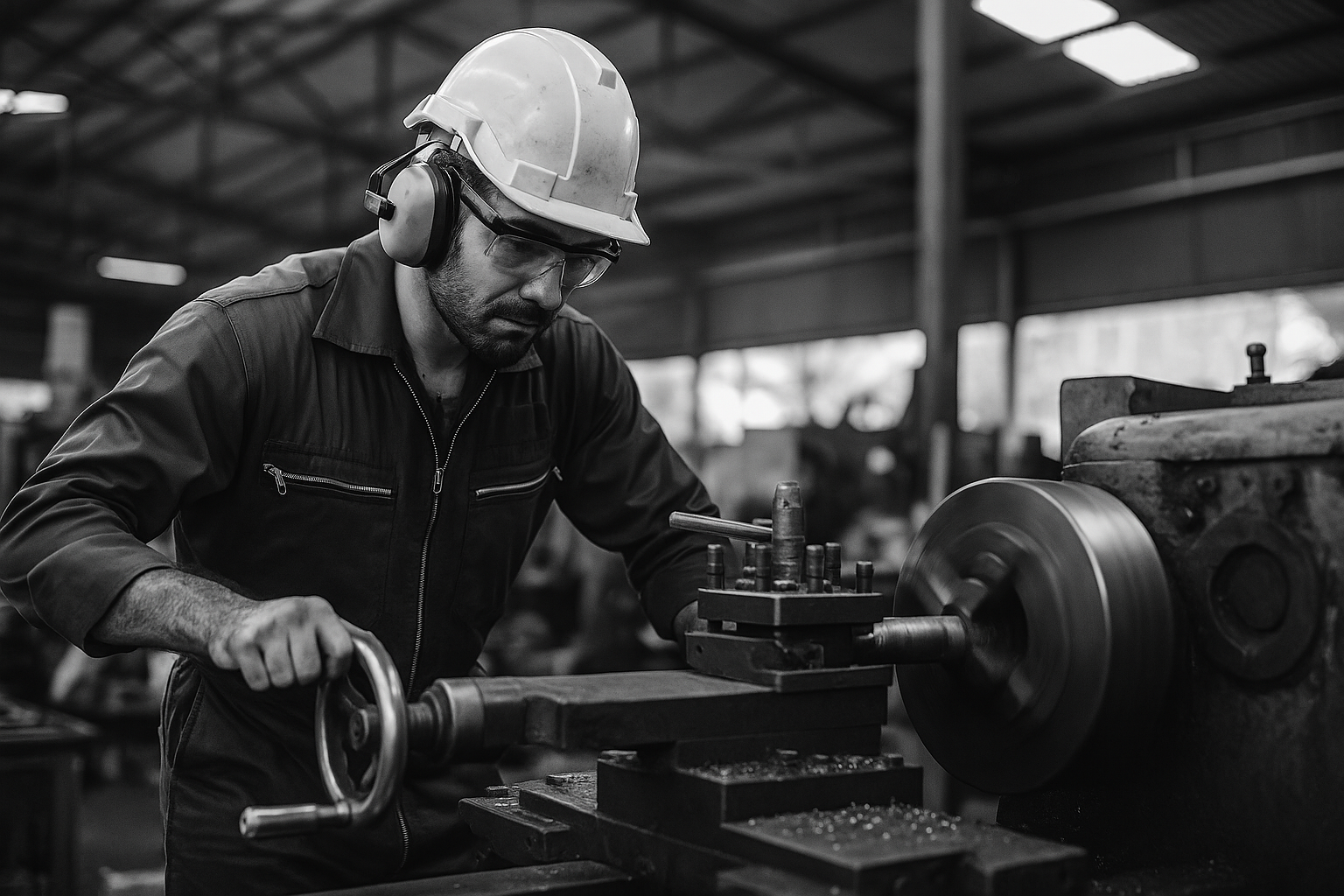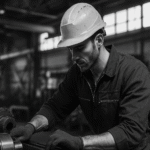Series: The Productivity Trap in Brazil – Part 2
Introduction
Brazilians work on average more hours per year than their peers in Europe or the United States — but they produce much less. The reality is stark: Brazil is not at a standstill for lack of effort, but for lack of results. Stagnant productivity is the real brake on national growth.
An unproductive effort
According to data from the Organization for Economic Cooperation and Development (OECD), the average productivity of Brazilian workers is equivalent to only 25% of the productivity of an American worker. Even when compared to emerging countries, Brazil lags behind: Chile, Mexico, Türkiye and even South Africa surpass Brazil in value generated per hour worked.
The problem is structural and historical. As IPEA points out, Between 1980 and 2020, labor productivity in Brazil grew, on average, less than 1% per year. In other words: four lost decades. During this period, Asian countries tripled or quadrupled their rates.
More hours, less value
While developed nations invested in automation, qualification and technology, Brazil maintained a labor-intensive model of low-skilled labor. The result: long working hours, low wages and little added value.
According to the report by MSN/Estadão, even when there is an increase in import of machinery and industrial goods, Brazilian companies benefit little from this. The reason? Lack of structure, technical qualification and competitive business environment to transform physical capital into real productivity.
“Brazil spends, but does not yield.” This phrase sums up the tragedy of the poor allocation of resources promoted by the statist and interventionist model that has persisted since redemocratization.
The “growth” of the PAC and the vices of the past
Programs like the PAC (Growth Acceleration Program), relaunched in Lula's third term, promise to boost the economy through public investment. But they ignore the essential point: investment is not synonymous with productivity if there is no efficiency.
The history of these programs is clear: unfinished projects, corruption and poor allocation of capital. Without clear productivity targets, the State simply pours resources into the economy without transforming this effort into sustained growth.
Why do we remain unproductive?
The explanation lies in a toxic mix of factors:
- Poor quality of basic and technical education
- Low international insertion and trade protectionism
- Bureaucracy and suffocating tax burden
- Unstable and hostile legal environment for investment
- Political culture based on subsidies, not efficiency
Meanwhile, the dominant discourse in government insists on “investing in the people” — but the people remain poor, and the economy remains unproductive. It is impossible to create real wealth with good intentions and public funds alone.
Conclusion
Brazil is a country of workers, but not of productivity. The difference lies in the structure, not in the effort. Working hard and producing little is the sure recipe for continuing to go around in circles, deluded by political promises and condemned to mediocrity.
Read also: Article 1 – What is productivity and why does it matter?





